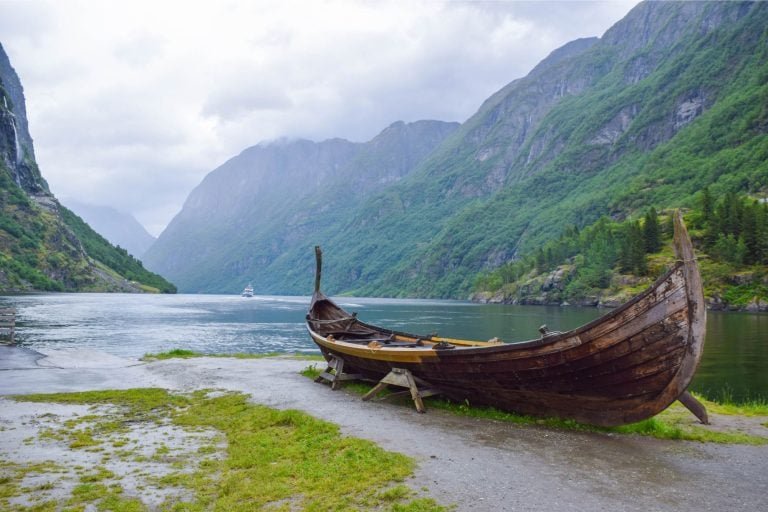New research from the University of Copenhagen reveals the Vikings’ significant role in the global walrus ivory trade. DNA analysis confirms their extensive travel and interaction with Arctic populations.
The Quest for Walrus Ivory
During the Medieval period, walrus ivory became a prized commodity, replacing elephant ivory due to the Crusades. Vikings traveled approximately 6,000 kilometers to Northwest Greenland, braving harsh conditions, to source this valuable material.
Key Findings:
- Vikings regularly visited Pikialasorsuaq in Northwest Greenland for walrus ivory.
- DNA analysis of walrus skull fragments reveals the Vikings’ extensive travel and trade network.
- Interactions with indigenous Arctic populations, including the Thule and Dorset cultures.
Uncovering the Vikings’ Trade Network
Researchers from the University of Copenhagen, Lund, and Groningen collaborated on the study. They analyzed walrus skull fragments from Viking villages and settlements in Europe, Greenland, and Canada.
Expert Insights:
“The Vikings were extremely well-traveled and had a well-established network that covered a larger area than previously believed.” – Morten Tange Olsen
“Our research shows that the Vikings helped create a global trade network that reached beyond Europe’s borders.” – Morten Tange Olsen
Reference:
“Greenland Norse walrus exploitation deep into the Arctic” by Emily J. Ruiz-Puerta et al., Science Advances, 27 September 2024.
Share Your Thoughts:
How do you think the Vikings’ involvement in the ivory trade impacted global commerce and cultural exchange? Share your thoughts in the comments!
Recommended Reading:
- The Viking Age: A History of the Vikings
- Medieval Trade Routes: A Global Network
- The Importance of Walrus Ivory in Medieval Europe
Stay Tuned:
Follow our blog for more updates on groundbreaking research and discoveries in anthropology, archaeology, and history!

















